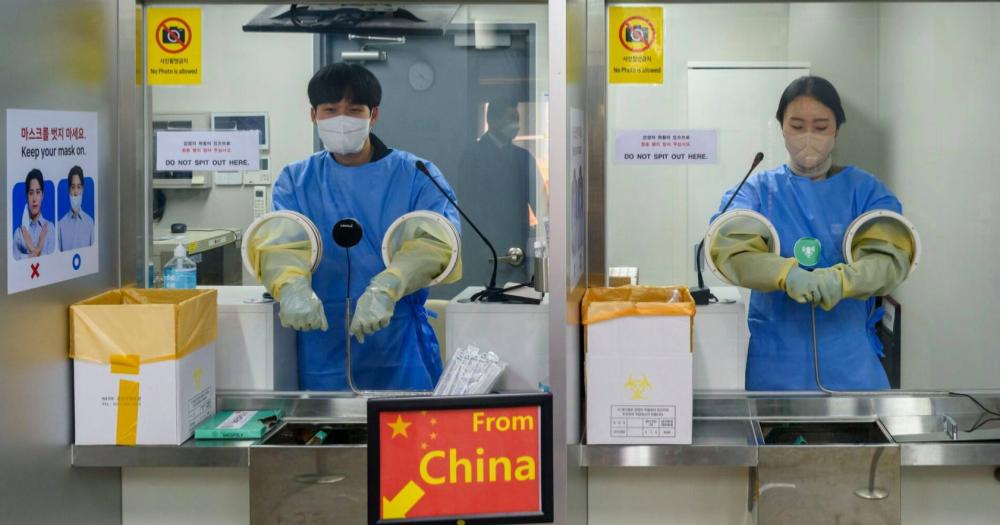'Dangerous and fast-changing situation' as WA's Kimberley region smashed by once-in-a-century floods
Homes have been inundated and residents evacuated as a record-breaking flood hits a remote town in WA's Kimberley region.

The Martuwarra (Fitzroy) River has reached record-breaking flood levels.
KEY POINTSAuthorities warned the Fitzroy River level was still rising early on Wednesday morning ahead of a possible peak of 15.7 metres.
The Albanese government approved a WA request for Australian Defence Force aircraft and personnel to help evacuate residents from Fitzroy Crossing.
Defence personnel have been called in to help evacuate people isolated during once-in-a-century flooding hitting a remote town in Western Australia's Kimberley region.
Homes have been inundated by floodwater in Fitzroy Crossing - home to about 1200 people - and the Great Northern Highway is cut in both directions as some residents are airlifted 400km to Broome by helicopter.
The fast-flowing waters also washed away part of a major bridge as the region is swamped in record flooding of the Fitzroy River.
"This is a dangerous and fast-changing situation," WA Emergency Services Minister Stephen Dawson told reporters on Tuesday.
"We have not seen rain like this for at least a hundred years so it's kind of shocking to see the water as high as it is."
Authorities warned the Fitzroy River level was still rising early on Wednesday morning ahead of a possible peak of 15.7 metres, smashing previous records for Fitzroy Crossing.
Federal Emergency Services Minister Murray Watt said the Albanese government approved a WA request for Australian Defence Force aircraft and personnel to help evacuate residents from Fitzroy Crossing and nearby areas.
Downstream at Noonkanbah, major flooding was also likely.
Fire and Emergency Services Commissioner Darren Klemm warned residents in the communities of Willare and Noonkanbah on Tuesday they would be inundated in the next 24 to 48 hours.
"People in those areas need to get to higher ground," he said.
He said roads had been cut and it was too late to leave as the region faced "at least a one-in-100-year" flood event.
The rain is coming from ex-tropical cyclone Ellie, which has dumped between 200mm and 600mm since Saturday and is predicted to deliver further widespread heavy falls into the week.
The weather system has been moving slowly towards the coast and was located immediately east of Broome on Wednesday morning, lashing the region with strong winds and intense downpours.
The Bureau of Meteorology said heavy rainfall that might lead to dangerous flash flooding was expected as the storm delivered falls of up to 300mm within a 24-hour period.
The airport runway at Broome was closed due to the water levels after the town was hit with more than 120mm of rain between Tuesday morning and early Wednesday.
Meanwhile, major flooding continues in the western NSW town of Menindee, where the Darling River was holding steady at around 10.2m on Tuesday.
The bureau warned further rises to 10.7m were possible from Thursday, above the 1976 flood record of 10.47m.
"At present, 10 properties have been evacuated, while 20 other property owners have decided to shelter in place," NSW SES incident controller Gavin Arnold said.
An evacuation order remains in place for properties expected to be impacted by flooding.



.JPG)









:quality(70)/cloudfront-eu-central-1.images.arcpublishing.com/thenational/Y2R4FZIVGRGJ7GDNKYQBCSLFYU)
:quality(70)/cloudfront-eu-central-1.images.arcpublishing.com/thenational/6BKFI7F7ABSIWUZIECTK6QLQP4.jpg)



